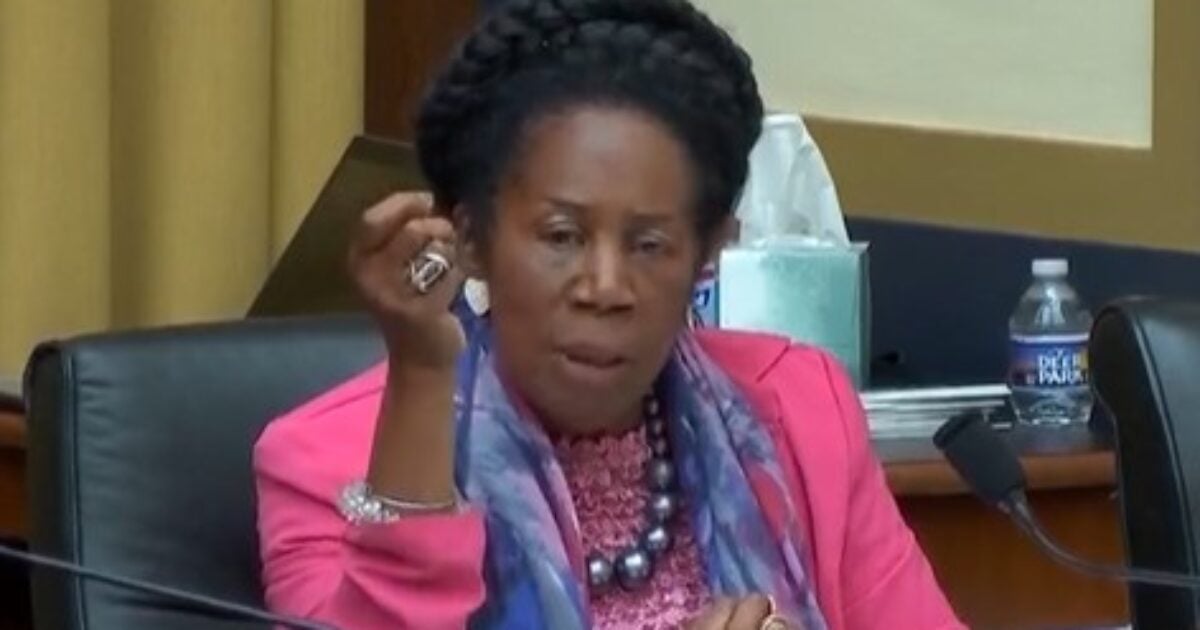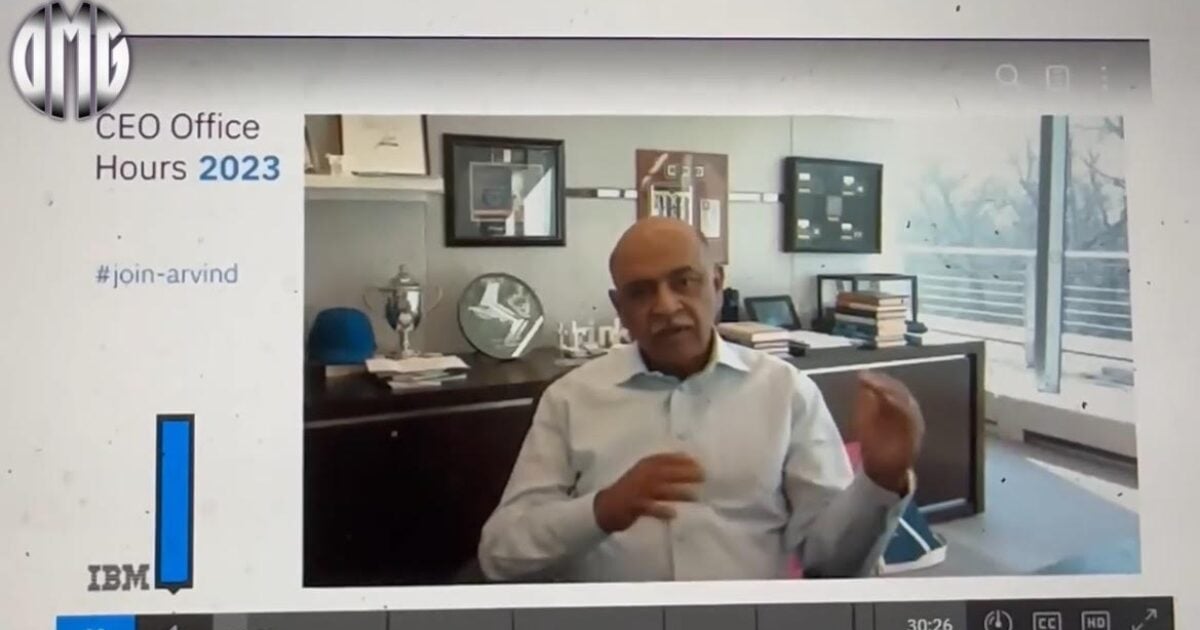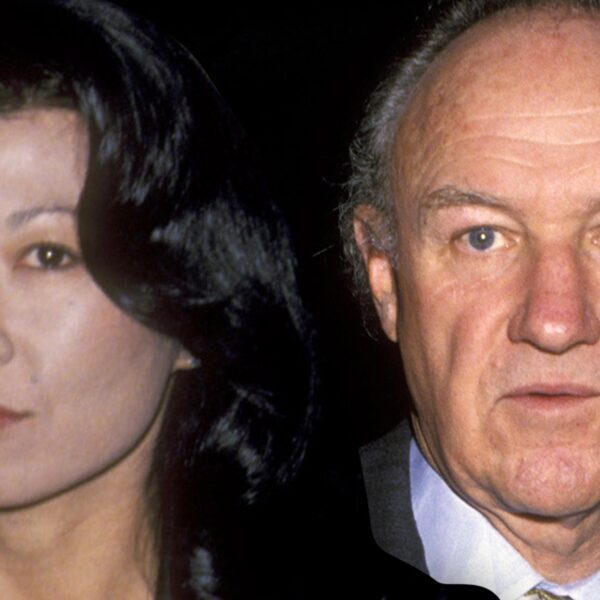ADVERTISEMENT
On the night of April 8, 2025, what was supposed to be an evening of music and celebration at the iconic Jet Set nightclub in Santo Domingo turned into one of the worst tragedies in the Dominican Republic’s recent history.
The collapse of the venue’s roof during a concert left a devastating toll: over 200 people dead, including prominent figures from the world of sports, politics, and culture. This event has shaken the country—and the world.
A night no one will forget.
Jet Set, located just one block from the Santo Domingo boardwalk (Malecón), was more than just a nightclub: it was a symbol of Dominican nightlife.
Every Monday, its live music nights drew locals and tourists alike. That fateful night, the headliner was Rubby Pérez, known as “the loudest voice in merengue.” Hundreds paid $32 per ticket to enjoy the show.
Shortly after midnight, the festive mood turned to chaos. According to witnesses, the roof began to give way—first dust began to fall, then the entire ceiling collapsed.
Videos captured by concertgoers show the last seconds of normalcy before disaster struck: disco lights swinging, screams, and the deafening roar of concrete crashing down.
The victims: a nation in mourning.
The collapse claimed the lives of 221 people, according to official figures at the end of rescue efforts on April 10. Among the deceased were well-known names both inside and outside the Dominican Republic:
- Rubby Pérez, 69, was a merengue legend. His death, confirmed Wednesday after being pulled from the rubble, left a void in Caribbean music. His daughter, Zulinka, who performed alongside him, miraculously survived, guided by her father’s calming words beneath the wreckage.
- Octavio Dotel, former Major League Baseball pitcher, died at age 51. Over his career, he played for 13 teams, including the Mets, and was a sports idol. He was pulled alive from the rubble but died en route to the hospital.
- Nelsy Cruz, governor of Montecristi and sister of MLB star Nelson Cruz, also lost her life. Her last communication was a phone call to President Luis Abinader, alerting him that she was trapped.
- Tony Blanco, another former professional baseball player, was identified among the victims, adding to the Dominican sports community’s grief.
Other notable losses include fashion designer Martin Polanco, who had dressed artists such as Daddy Yankee, and Eduardo Guarionex Estrella, son of the Minister of Public Works.
Immediate response.
Rescue efforts began immediately. Firefighters, civil defense teams, and volunteers worked around the clock. Drones and heavy machinery were deployed to clear the rubble, while hospitals across Santo Domingo received the injured.
Of the 189 people rescued alive, at least 23 remained hospitalized as of April 10, with eight in critical condition.
President Luis Abinader, visibly shaken, visited the site and promised support for the families. «We are working minute by minute,» he posted on social media.
Mayor Carolina Mejía highlighted the acts of solidarity, including Dominicans offering coffee to rescuers and even a Costa Rican tourist who joined the rescue efforts.
What went wrong?
It’s still unclear what caused the collapse. Jet Set, a former cinema turned nightclub, was 50 years old.
Authorities have launched an investigation to determine whether there was negligence in maintenance, or if external factors such as weather or structural flaws played a role.
Reports began emerging on social media:
The club’s owner, Antonio Espaillat, was out of the country at the time of the incident but returned to cooperate with the investigation.
The tragedy has reignited the debate over public building safety. In a country where music and dance are the heart of the culture, venues like Jet Set are vital gathering spaces.
Yet, the lack of regular inspections and stringent regulations may be behind this disaster.
Impact on society.
The magnitude of the tragedy goes beyond numbers. Jet Set wasn’t just a party spot—it was a meeting point for the Dominican elite: politicians, athletes, bankers, and artists.
The loss of so many public figures has struck a deep national chord. From the Baseball Hall of Fame, where David Ortiz attended Dotel’s wake, to the National Theater, where Rubby Pérez was mourned, grief is widespread.
Social media has been flooded with messages of pain and solidarity. “There are no words to describe this loss,” said former MLB pitcher Pedro Martínez, who knew over 50 of the victims.
Abroad, the Dominican diaspora also mourns, with at least nine U.S. citizens confirmed among the deceased.
A mourning that’s just begun.
As families begin to bury their loved ones, the country faces the challenge of healing.
Mass funerals, like Pérez’s at the National Theater, reflect the emotional toll.
Images of people holding photos of missing relatives outside the National Institute of Forensic Sciences are a stark reminder of the ongoing anguish.
The government has promised psychological support for those affected and a thorough investigation.
But answers will not come quickly. The transition from rescue to recovery, announced on April 10, marks the beginning of a long process to understand what happened—and how to prevent it from happening again.
This tragedy confronts us with an uncomfortable truth: the places where we seek joy can become sites of sorrow if safety isn’t prioritized.
The deaths of icons like Rubby Pérez, Octavio Dotel, and Nelsy Cruz not only rob the Dominican Republic of talent and leadership—they expose an unresolved debt to prevention.
As the merengue falls silent and stadiums go still, we must ask ourselves: What more has to happen before human life comes first?
The party is over at Jet Set, but the fight for justice and accountability has only just begun.
About The Author
Post Views: 4.058















